Mahogany Table Crack
Justice_Bucket
13 years ago
Related Stories
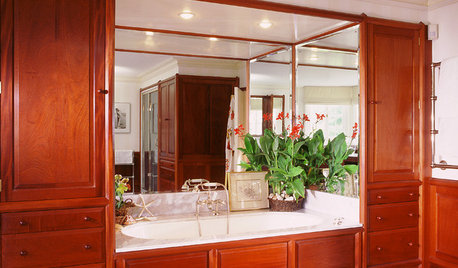
MATERIALSWoodipedia: Mahogany Furnishes a Rich Look
Its beautiful depth of color is cherished the world over. Learn about mahogany types, costs and uses here
Full Story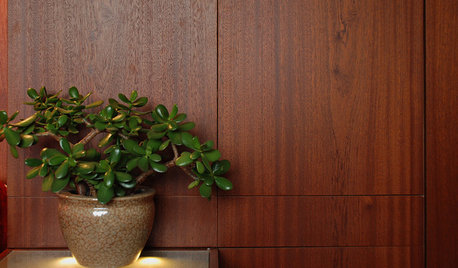
REMODELING GUIDESWhy Mahogany? Amazing Grain, Luminous Color
Mahogany's Character and Warmth Shines Indoors and Out
Full Story
GREEN DECORATINGGo Cuckoo for Coconut Furniture and Surfaces
Crack open a lesser-known ecofriendly design option: tiles, flooring, tables and more made from coconut shell and palm wood
Full Story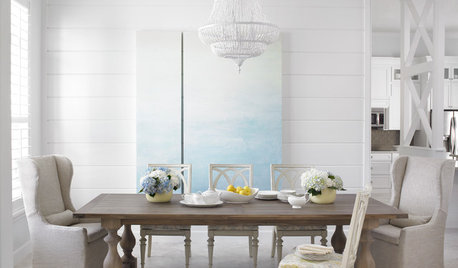
FURNITUREForever Furniture: A Buyer’s Guide to the Dining Table
There comes a time when a make-do piece of furniture won’t do. We give you a leg up on choosing the right table for you
Full Story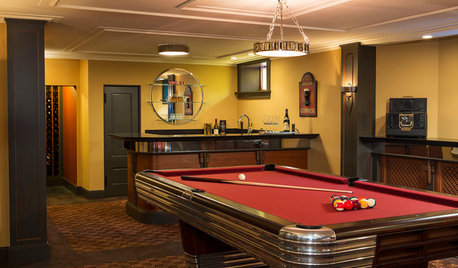
GREAT HOME PROJECTSTake Your Cue: Planning a Pool Table Room
Table dimensions, clearances, room size and lighting are some of the things to consider when buying and installing a pool table
Full Story
LIVING ROOMSRoom of the Day: Going Glam in a Connecticut Colonial
Bits of bling and intricate textures (hello, raised crocodile velvet) replace mahogany and more in an East Coast living room
Full Story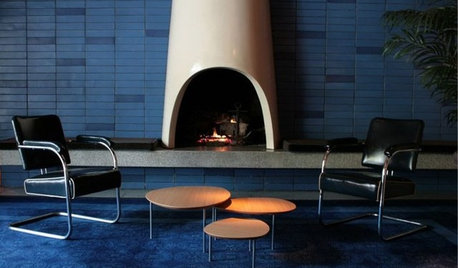
FURNITURESpace Saving Solutions: Nesting Tables
It's a Side Table, it's a Night Stand, It's a Coffee Table! Nesting Tables Put a Surface Right Where You Need One
Full Story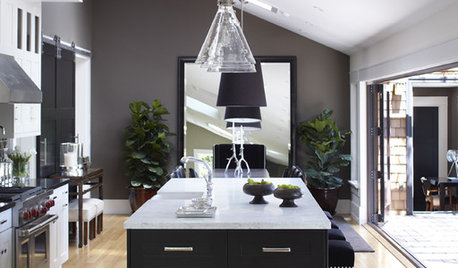
BLACKCooking With Color: When to Use Black in the Kitchen
Consider sampling Caviar or Cracked Pepper on your kitchen walls or cabinets for richness and impact
Full Story
GARDENING AND LANDSCAPINGDraw a Crowd With a Fire Pit
For an alluring patio or backyard and a happy group of guests, get cracking with a fire pit
Full Story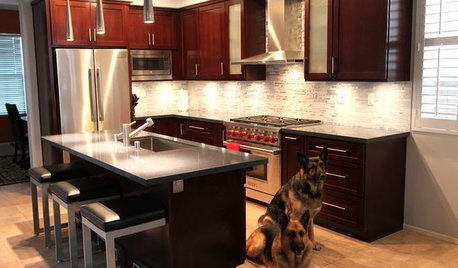
BEFORE AND AFTERSReader Project: California Kitchen Joins the Dark Side
Dark cabinets and countertops replace peeling and cracking all-white versions in this sleek update
Full Story









brickeyee
sombreuil_mongrel
Related Professionals
Phelan Cabinets & Cabinetry · Fair Oaks Carpenters · Loveland Carpenters · Brandon Flooring Contractors · Hudson Flooring Contractors · Hugo Flooring Contractors · Huntington Station Flooring Contractors · Pflugerville Flooring Contractors · Poughkeepsie Flooring Contractors · Riverbank Flooring Contractors · Hastings Furniture & Accessories · Stuart Furniture & Accessories · Woodstock Furniture & Accessories · Fair Lawn Furniture & Accessories · Highland Park Furniture & AccessoriesUser
Jon1270